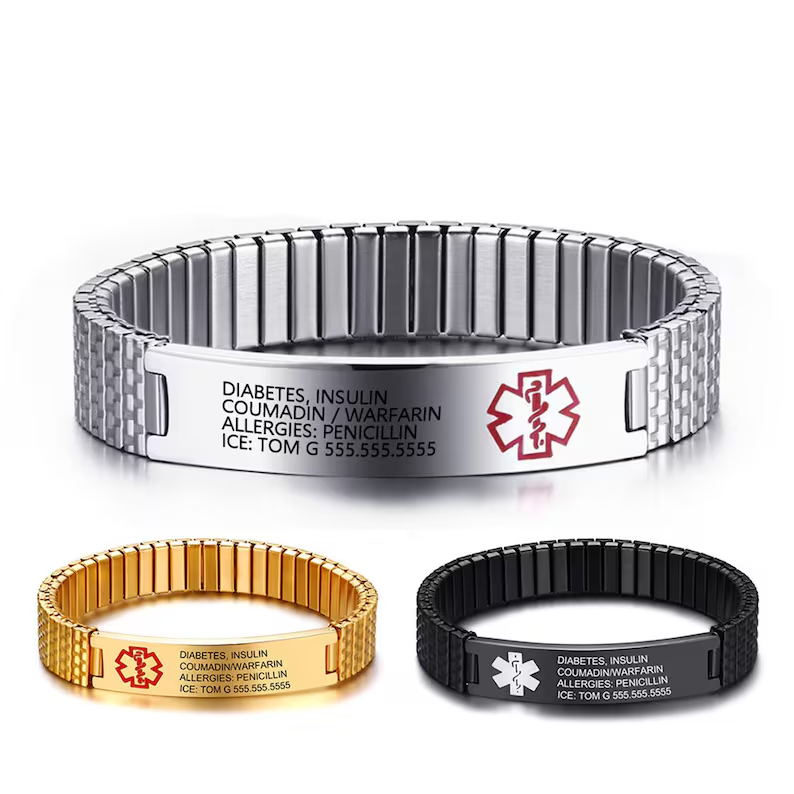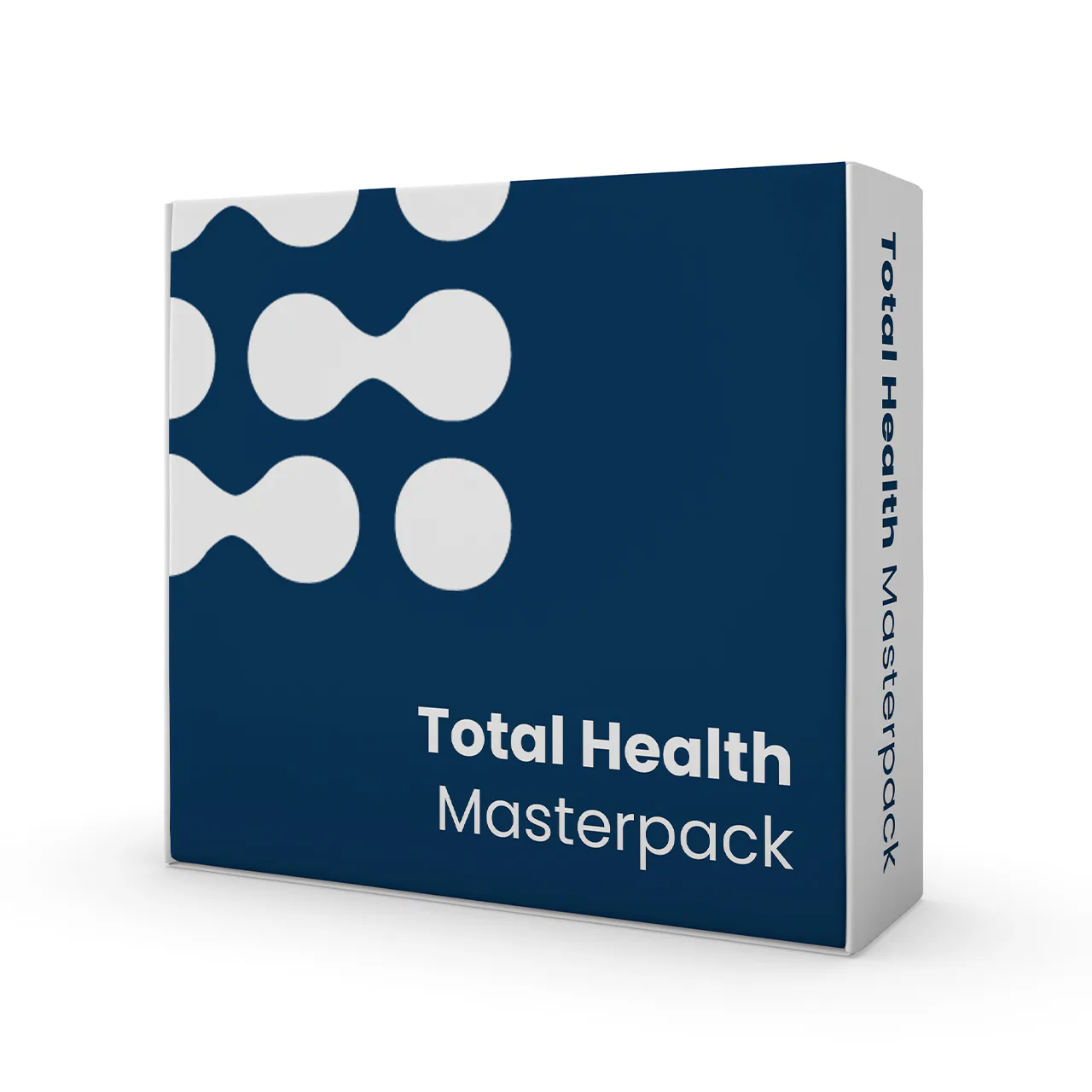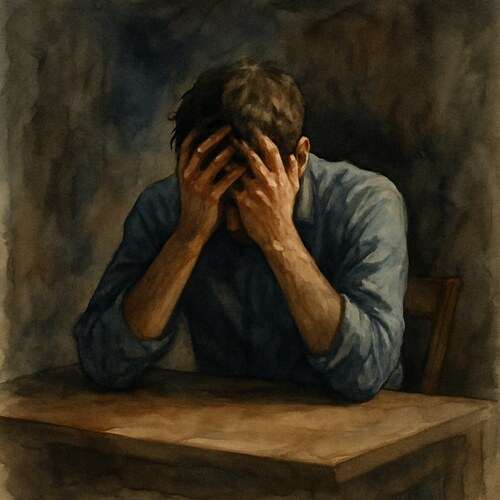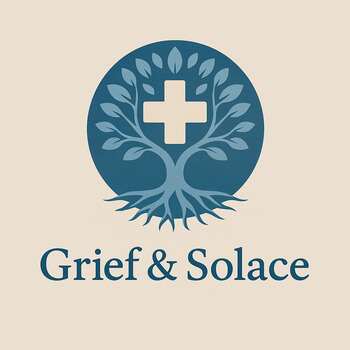Grieving Narcolepsy: When Dreams Steal the Waking Hours
Grief tied to narcolepsy is hidden and lonely, mourning the moments lost to sudden sleep, and the life that feels just out of reach.
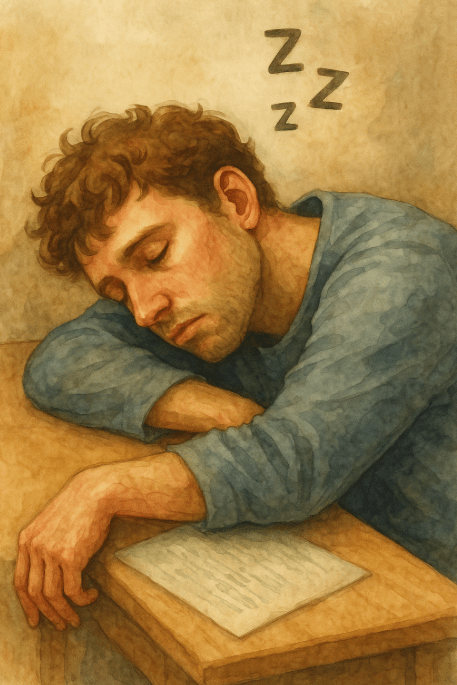
This post blends real grief with grounded knowledge. It isn’t clinical. It isn’t distant. It’s meant to sit beside you—not above you. The story you’ll read is meant to reflect what so many feel when living through or witnessing this condition: confusion, exhaustion, and quiet forms of courage.
If what you read feels familiar, please speak with your doctor. Your pain deserves more than silence.
I Watched Him Drift Away While the World Kept Moving
He often found himself in trouble for nodding off during class.
Teachers labeled him as lazy, unmotivated, indifferent. They suggested he go to bed earlier, as if fatigue was a failing of character, as if he chose to inhabit a body that sporadically shut down.
But I understood better. I witnessed his efforts—how he gripped his pen tightly to fight against sleep, how he chewed gum, tapped his feet, and pulled at the skin on his wrist—anything to keep himself engaged.
Yet the fatigue always lingered. The drift would happen. His eyes blinked slower, his head began to nod. Then sleep would seize him, mid-sentence, mid-laugh, mid-life.
🧠 Symptoms:
– Extreme daytime sleepiness (often the first symptom)
– Sudden sleep attacks during activities (e.g., talking, driving)
– Automatic behaviors while asleep (e.g., continuing to write or drive without awareness)
– Cataplexy: sudden loss of muscle tone triggered by emotions (laughter, excitement, fear)
– Sleep paralysis: temporary inability to move or speak upon waking or falling asleep
– Hypnagogic (falling asleep) or hypnopompic (waking) hallucinations
– Entering REM sleep quickly (within 15 minutes of falling asleep)
– Disrupted nighttime sleep (insomnia, sleep apnea, REM sleep behavior disorder)
It didn’t matter whether he got nine hours of rest or none at all; the weariness trailed him relentlessly. It wasn’t just any tiredness that a cup of coffee could remedy; it was profound, bone-heavy—like gravity had chosen him as its favorite.
It took years for someone to utter the word: narcolepsy.
By that point, he’d developed a skill for masking it. He learned to laugh it off and make jokes before anyone else could.
But cataplexy would reveal the truth. Those instances when laughter or anger would short-circuit his muscles, causing him to drop to the floor, wide awake yet unable to move. To the outside world, he seemed clumsy. They failed to see the battle waging within, an internal conflict between his brain and body, the fear of sensing everything while being bound still.
Complications:
– Misunderstanding by others—may be perceived as lazy or disengaged
– Emotional withdrawal from relationships (cataplexy can disrupt intimacy)
– Increased risk of accidents (driving, cooking)
– Obesity (due to metabolism and sleep disruption)
– Depression and social isolation
Risk Factors:
– Age (typically starts between ages 10 and 30)
– Family history (risk increases 20–40x with a close relative)
– Certain infections (e.g., H1N1) or autoimmune triggers
He didn’t drift because he didn’t care; he drifted because his brain pulled him under while his soul kept reaching for the surface.
Causes:
– Type 1 narcolepsy involves loss of hypocretin (orexin), a brain chemical that regulates wakefulness and REM sleep
– Likely autoimmune destruction of hypocretin-producing neurons
– Possible genetic factors (low inheritance risk: 1–2%)
– Potential environmental links (e.g., H1N1 flu or vaccine exposure)
For him, sleep didn’t offer rest; it was an intrusion. He dreamed within minutes, dreams that bled over into reality, granting him hallucinations and sleep paralysis. His perception often blurred, leaving him unsure of what was real.
He began to adapt his life. He constructed routines like support beams, scheduling naps and taking medication that provided some relief but never truly resolved the issue.
Still, life kept moving on without him. Teachers lost interest, friends drifted away, and jobs turned into daunting puzzles of timing and weariness.
I remained close because, beneath the haze of fatigue, he was brilliant, quick-witted and creative in ways that many overlooked. He just needed time and someone who wouldn’t flinch when he faltered.
He once told me, “I don’t mind the sleep. It’s the shame I hate.”
Those words resonated deeply with me.
His body wasn’t failing; it was rebelling. He carried that rebellion with quiet grace…not because it was easy, but because he refused to fade away.
📘 Diagnosis & Treatment
diagnosis:
– Sleep history and Epworth Sleepiness Scale
– Sleep log or actigraphy (1–2 weeks of recorded sleep patterns)
– Polysomnography (overnight sleep study)
– Multiple Sleep Latency Test (MSLT): measures how quickly REM sleep occurs
– Lumbar puncture (in specialized cases) to check hypocretin levels
– Rule out other causes (e.g., sleep deprivation, apnea, medication effects)
treatment:
medications:
– Stimulants: modafinil (Provigil), armodafinil (Nuvigil), solriamfetol (Sunosi), pitolisant (Wakix)
– Older stimulants: methylphenidate (Ritalin), amphetamines (Adderall XR, Desoxyn)
– SSRIs/SNRIs: fluoxetine (Prozac), sertraline (Zoloft), venlafaxine (Effexor XR), duloxetine (Cymbalta)
– Tricyclic antidepressants: imipramine, clomipramine, protriptyline
– Sodium oxybate (Xyrem, Lumryz) or low-sodium formulation (Xywav): improves sleep and controls cataplexy
lifestyle:
– Maintain a strict sleep-wake schedule
– Take short, scheduled daytime naps (10–20 minutes)
– Avoid alcohol and nicotine
– Exercise regularly (not within 4–5 hours of bedtime)
– Use alerting strategies at work/school (stand, record notes, break up tasks)
safety and support:
– Adjust driving: avoid long trips or drowsy periods
– Request accommodations (ADA provides workplace/school protections)
– Seek counseling for mental health or social support
– Join narcolepsy support groups or connect online
I know this is heavy, and I understand that the road ahead may feel like a tangle of loss and unanswered questions. But please hear this: you are not broken because you are hurting; you are not weak because you are afraid. You are living through something real, and survival itself is a kind of grace. You are allowed to struggle, you are allowed to hope, and you are allowed to not have all the answers today. Whatever comes next, you do not face it empty-handed; you carry every moment of love that shaped you, and that will always be enough to keep going.
🎀 Gifts to help With Narcolepsy
🏥 Everyday Comforts for Everyday Battles
Managing Narcolepsy often means needing a little extra help.
Sometimes it’s about restoring dignity, ease, or simply getting through the day with less pain.
These carefully chosen tools aren’t just items; they’re small bridges back to living.
This section is about finding practical support, never shame.
Wearable Medical Alert Bracelet – Safety for the Moments You Can’t Explain
Narcolepsy doesn’t come with a warning. One second you’re talking, the next you’re unconscious—or paralyzed, confused, or misread. This discreet medical alert bracelet provides critical info for emergencies: diagnosis, medications, and who to call. It’s not about labeling—it’s about protection when speech fails and misunderstanding strikes.
🌿 Paths to Healing Beyond the Map
Sometimes traditional medicine isn’t enough.
If you’re exploring gentle, alternative options to help with Narcolepsy,
you might find comfort in plant-based compounds like **CBD or CBG**.
*This section is not medical advice, just a door left open.*
USA Medical Total Support Pack – Gentle System Support for a Brain That’s Always Off-Cycle
Narcolepsy wrecks sleep cycles, cognitive clarity, and emotional regulation. This Total Pack combines CBD, stress adaptogens, and sleep-supporting botanicals to gently soothe the nervous system between attacks and improve rest when the body allows it. It won’t regulate REM. But it may help manage the chaos between the crashes.
Need a Different Path Forward?
Every journey through grief looks different. Choose the next step that speaks to where you are now:
When You're Ready to Start Healing
Healing doesn’t mean forgetting.
It means finding small ways to carry your grief with strength and grace.
These are the stories, tools, and gentle steps to begin walking forward…at your own pace.
When You're Still in the Thick of It
Sometimes healing feels like a lie.
If you’re not ready to move on…if the pain still roars louder than the world wants to hear…this is the place where you’re allowed to feel it.
No sugarcoating. No pretending. Just truth.
When You're Holding on to Who’s Still Here
Grief reminds us to love louder.
If someone you love is still with you, this is your place to celebrate them, honor them, and create new memories while there’s still time.
Joy and sorrow can live side by side.

